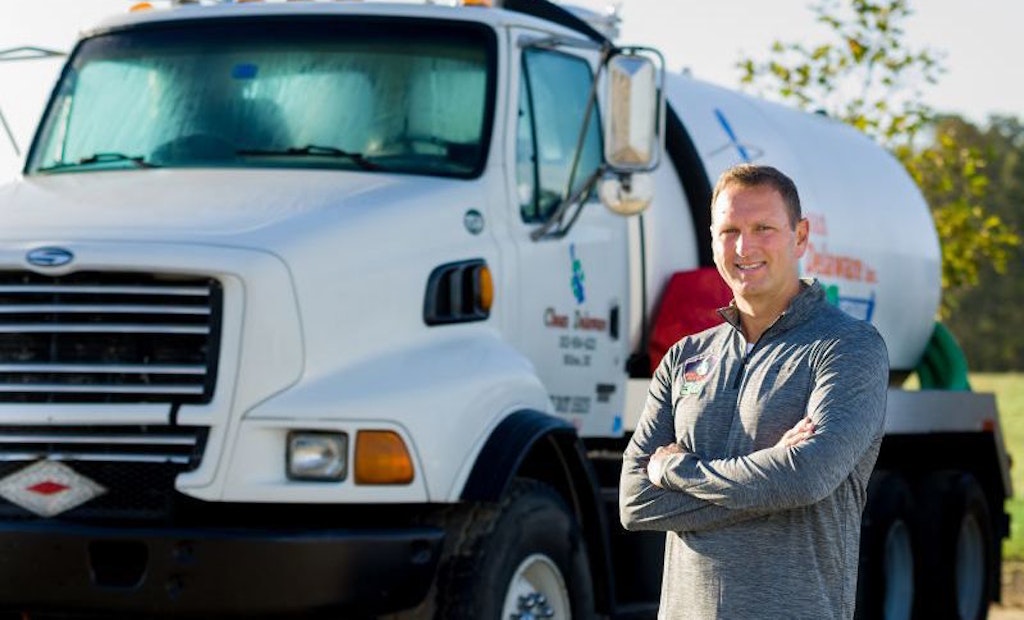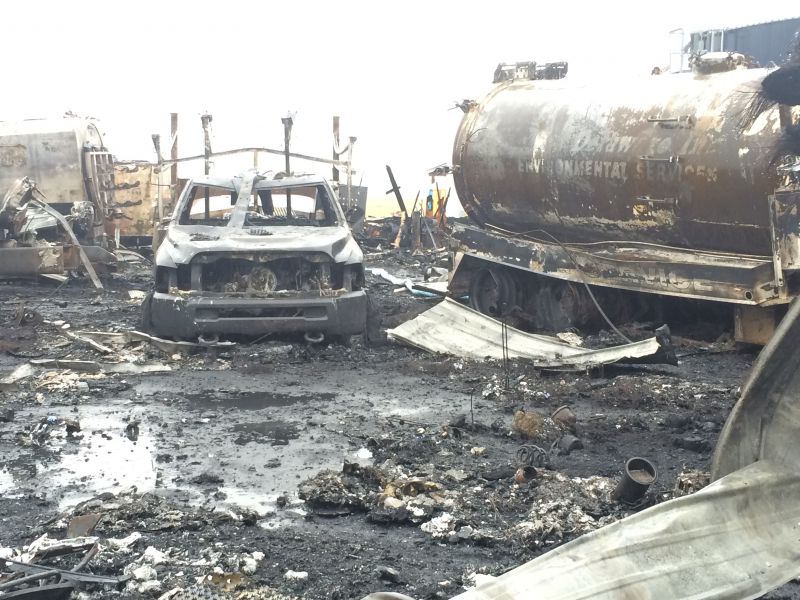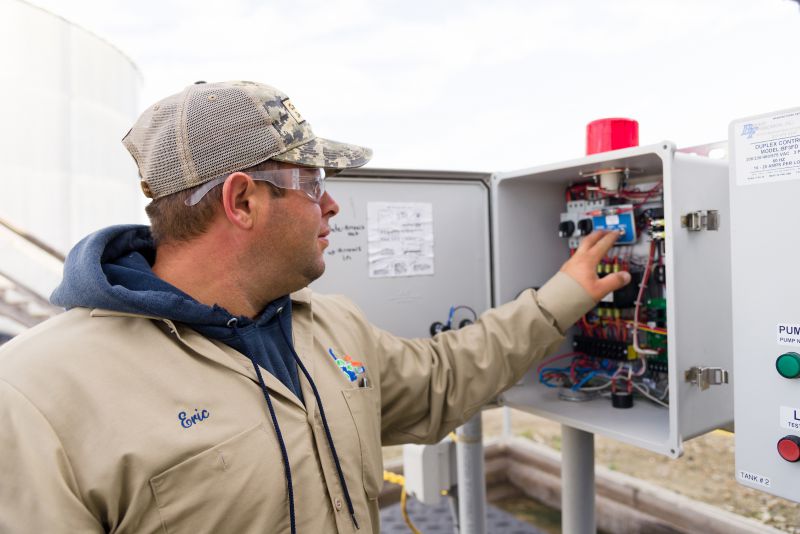
Interested in Business?
Get Business articles, news and videos right in your inbox! Sign up now.
Business + Get AlertsClean Delaware Inc. has built a business over 30 years that includes septic tank, industrial and portable restroom pumping. One business decision that helped all three areas operate more efficiently was building an in-house wastewater treatment plant.
A fire and propane tank explosion in January 2015 destroyed most of the Milton, Delaware, company’s vacuum trucks and many of its portable restrooms. However, damage to the onsite wastewater treatment plant created a significant bottleneck to efficient operations.
“The exterior storage tanks were not damaged,” says general manager Gerry Desmond. “But the fire destroyed the off-loading station, the Lakeside Raptor Septage Acceptance Plant, a 2,800-gallon decant tank, lime-mixing tank and pumps. All of the controls in our pump room were also destroyed.”

A photo of the fire damage to Clean Delaware in Milton, Delaware, that occurred Jan. 9, 2015. —Photo contributed courtesy of Clean Delaware
The treatment plant allowed drivers to go back to home base at any time, instead of lining up at local municipal plants. In total, the plant stored 300,000 gallons of waste and processed about 30,000 gpd, allowing for a potential 10-day stockpile.
It took Clean Delaware about six months to redesign, permit and rebuild the treatment plant, including some improvements: conversion to three-phase power; adding 12,000 gallons of underground treatment capability; upgrading the off-load and screening areas; and improved mixing, pumping and recirculating capabilities in all tanks. The plan also included replacing the original Lakeside Raptor Septage Acceptance Plant.
“One of the biggest bottlenecks of our operation is off-load time and waiting to off-load,” says Desmond. “While waiting for the new Lakeside unit to come online, our waste stream flowed through a bar grate, and waste was hand raked away and loaded into tubs. This was much slower, dirtier, labor-intensive and less effective. The Lakeside screener does a great job of separating inorganic solid waste from septage as the pump trucks off-load. Off-loading is fast, primarily ‘hands off,’ and waste is staged for easy disposal. Once it came back online, the Lakeside unit made us so much more efficient.”

Eric Luciano, a wastewater operator at Clean Delaware, works with a control panel for the company's onsite wastewater treatment system. —Photo By Doug Curran
The plant also accepts waste from a half-dozen competitors. Treated wastewater and septage are land-applied as agricultural fertilizer. Clean Delaware workers perform all of the land application for local farmers or on land owned by the company. Farmers work the company-owned land and are responsible for planting and harvesting crops.
“We’re big into chemistry,” says Desmond. “When we pump liquids from a brewery or a vegetable processing plant, they don’t have the same bacteria or pathogens as wastewater from a residential septic system. Each stream might also be used differently — from spray-irrigated wastewater to land-applied waste from a wagon behind a tractor, or applied with a solids spreader.”





